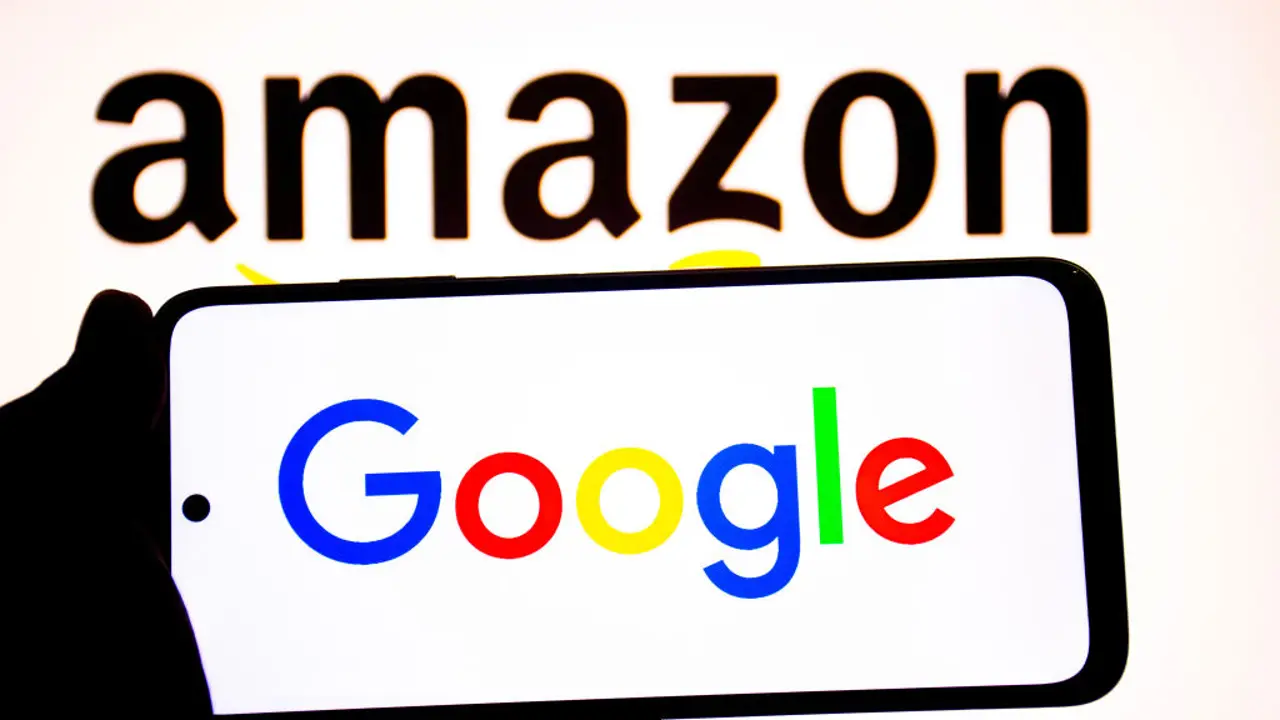Amazon and Google have launched their most significant smart home upgrades in over a decade, introducing Alexa Plus and Gemini for Home, voice assistants rebuilt from the ground up with generative AI. The move aims to overcome years of consumer frustration by creating systems that understand natural language and context, but the new technology faces significant challenges in reliability, speed, and cost.
A Fundamental Shift in How Assistants Work
The core advancement of these new assistants is a shift away from rigid, predefined commands. Built on large language models, they can now understand context and intent. For example, instead of needing to say, “Turn on the kitchen lights,” a user can now say, “I’m going to cook dinner,” and the assistant will activate the appropriate lights.
This represents the industry’s strongest push yet toward “ambient intelligence,” where technology works seamlessly in the background. “The biggest gap we’ve had in the last decade is that intelligence layer,” said Google Home’s Anish Kattukaran, highlighting the move away from hard-coded “if-this-then-that” routines.
The Three Major Hurdles to Success
Despite the promise, the rollout faces three critical challenges that could determine its success:
- Reliability Issues: Early users of Alexa Plus report that once reliable commands now fail or require rephrasing. Large language models are inherently creative, which can make them inconsistent at executing precise, repetitive smart home tasks.
- Slow Response Times: Because the complex processing happens in the cloud, response times for these new AI features can often exceed 10 seconds, a noticeable slowdown compared to the near-instant responses of previous-generation assistants.
- The Subscription Barrier: After a decade of free voice assistants, both companies are introducing paid tiers for advanced features. Alexa Plus requires an Amazon Prime membership, while Gemini’s full capabilities are locked behind a Google Home Premium subscription. This adds to the cost of other services needed, such as Ring or Nest subscriptions.
The Long-Term Vision: Proactive and Predictive Homes
Both companies are already looking beyond simple commands toward systems that anticipate needs. Google’s new Home Brief can summarize household activities, while Amazon’s Omnisense platform is designed to learn occupant behavior. The ultimate goal is to enable an “AI security guard, an AI pet sitter, or an AI elder care” assistant, as Kattukaran described.
The race is on to see if Amazon and Google can solve these fundamental technical and commercial challenges. If they succeed, the long-promised era of the smart home may finally arrive. If not, it could represent another stalled revolution in a market desperate for a breakthrough.

